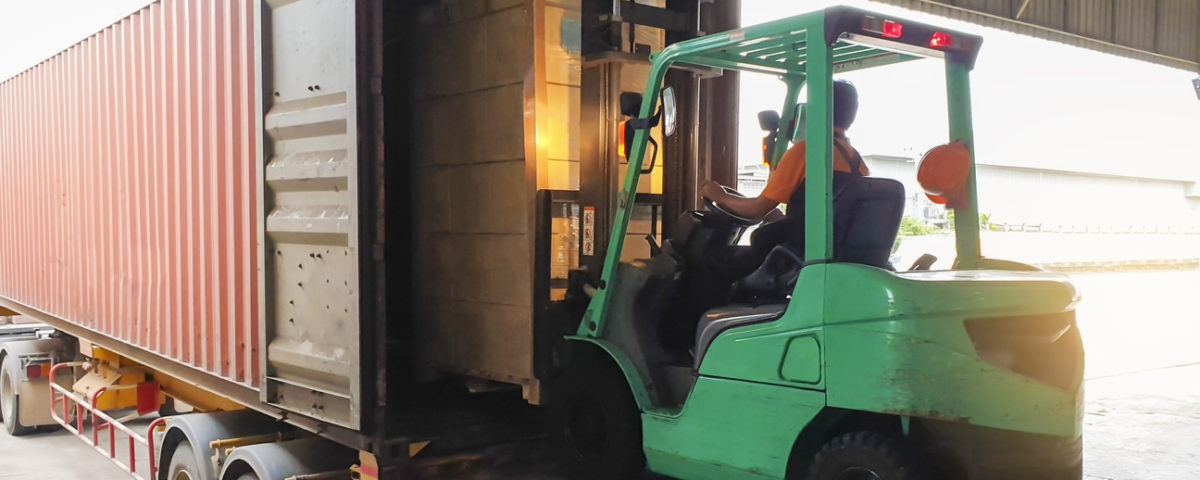
PPLUS Offers the Best Airfreight Solution to Hawaii
December 9, 2020
Freight Claim Tips for Shippers
December 22, 2020Guide to Receiving Freight

In logistics, receiving freight provides the setup for all activities, so when there is a problem related to receiving it will affect the entire operation. Here is a guide for the best practices in receiving freight.
Preparing for Freight Arrival
- Receiving Pallets – Most pallets are approximately 40 inches x 48 inches. At full capacity, they can be loaded up to 6 feet tall and easily weigh 1,000 pounds.
- Receiving Boxes – All boxes are shipped in stacks wrapped in plastic or with cables. Low volumes of boxes will be shipped in bundles, without pallets. Shipments that are 130-150 pounds require a pallet, and shipments over 350 pounds require multiple pallets.
- Measure Your doors – If your shipment needs to fit into a freight elevator, studio, office, or shop door at any point, measure it to see if a pallet will fit through. If the freight is too large, you will need to breakdown the delivery before moving it into your space.
Freight off the Truck
The first step in receiving your order is getting it off the truck. The two most popular options for moving freight off the truck are:
- Loading dock – The fastest, safest way to unload your shipment is straight from the truck into a warehouse equipped with a loading dock. The standard height loading dock is 52 inches tall.
- Liftgate – A liftgate is a mechanical device attached to a truck that lowers heavy items from the truck to the ground and vice versa. This is essential if you do not have a loading dock or forklift available. If that is the situation it must be relayed to the carrier so that a truck with a liftgate arrives.
Receiving Your Order
In order to receive the order, someone must be at the destination to accept and sign for it.
Before signing for order be sure to inspect for any damage. If there is damage take photos if possible and detail it on the Bill of Lading (BOL).
A signed delivery receipt with no exceptions is called a “clear delivery” Clear deliveries indicate that there was no shortage or visible damage at the time of delivery.
Residential Freight Shipment
Receiving freight at a home is different than having a few boxes delivered.
The carrier will require someone who is available to receive and sign for the shipment, the same as a business delivery.
Freight carriers often give a wide delivery window the day of the delivery. One way to get around this is to find out if the driver will call when they are 30 minutes away. If a carrier must make a second attempt at delivery, they will add an accessorial fee to the final bill.
Check the shipment for any obvious damage before you sign for it. In the event that there are damaged parts, make sure you note it on the paperwork that the driver will have to sign as well. You will also want to compare the number of shipping units received to the delivery receipt.
One of the biggest differences in receiving freight at a residential home is the accessibility. Be aware of accessibility issues that the driver may face when delivering to the location. If the access road to the location is not able to accommodate a truck, then you will have to find a different location for delivery. This is something that needs to be worked out with the carrier prior to the delivery.
